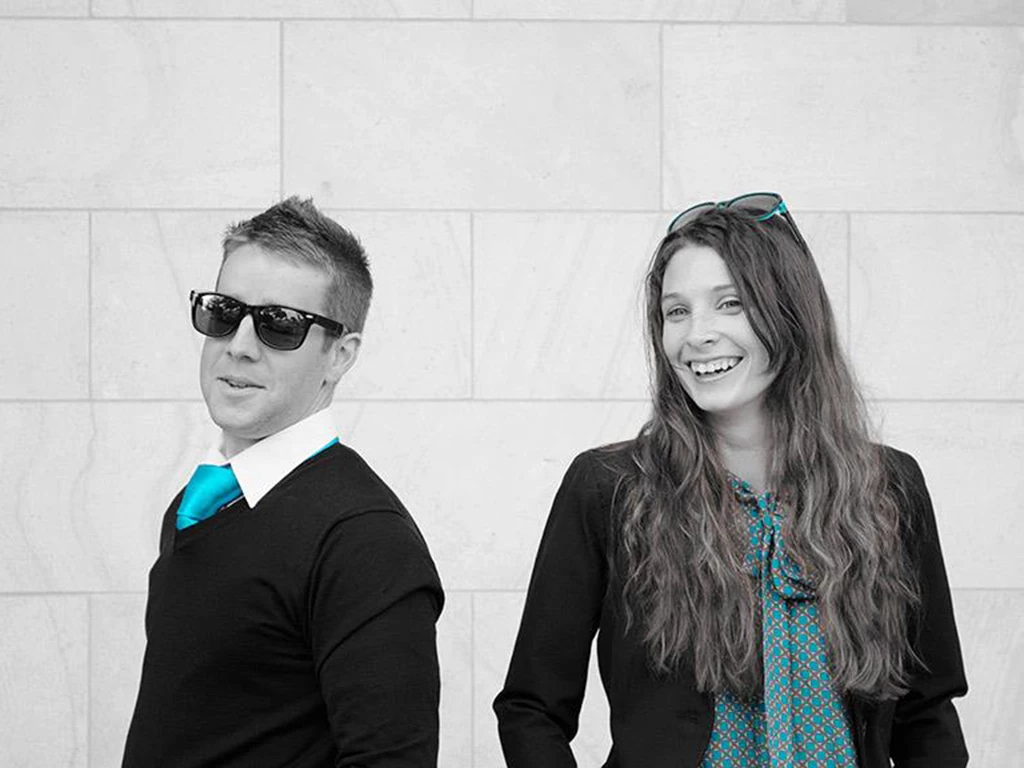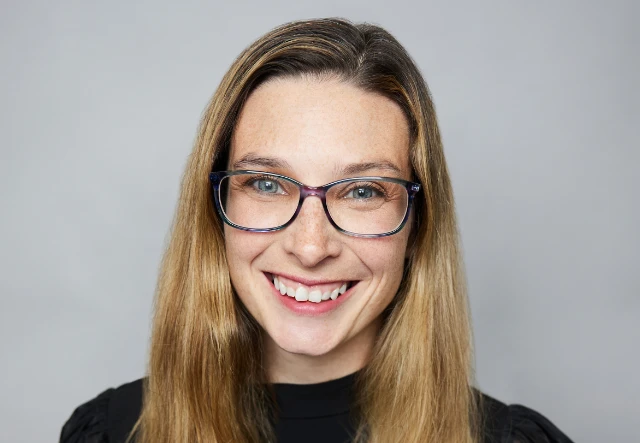Two-Way Street: MKG Marketing—The Early Years Part 1
Kerry Guard • May 19, 2022 • 6 minutes to readTold from the perspective of our co-founder and CEO, Kerry Guard. ps. this is the second chapter. Be sure to read my story if you haven’t already.
We never set out to be a remote-first agency. Hell, we never set out to be any bigger than just the two of us. When Mike Krass and I first started MKG Marketing over eleven years ago, we thought it would be Mike and Kerry. MK to the KG. We quickly learned that wasn’t sustainable. We organically grew in a remote-first structure. Along the journey we created clear systems and processes that allowed us to find great people and great clients, then ensured we set clear expectations in terms of accountability while offering what remote-work is all about—freedom.
The decision
Mike Krass and I worked at a boutique marketing agency right in downtown Seattle, near Pike Place Market. One clear blue sky day we left the office to find lunch. We walked up to a little window where we ordered the most amazing burritos. This became our routine. Walking and talking, burrito in hand.
A few weeks after we made our very first big pitch as an independent agency, in Starbucks, to the travel website brand, we were getting antsy because we still hadn’t heard anything. Given our previous experience with pitches and new business we knew the longer time went on the more likely it was we weren’t going to get it.
While we were walking to that little Mexican restaurant window, I turned to Mike and said something like, “I think I want to do this thing whether we win this business or not. My husband, Damien, got a job in San Jose. I have some contacts in San Francisco. I think I want to start this company with or without this piece of business.” Mike turned to me and said… “I thought that’s what we were doing.”
Remote-first
In August of 2011 I relocated to San Jose with my husband.
Mike decided he wanted to move to San Francisco as well, but he needed time to wind down at our current agency and save a bit more cash.
So, we worked together, apart. Remote before it was remote. It didn’t even occur to me that we were doing anything new or hard or different. It just was.
At the time we used Microsoft Outlook for everything. It’s what we knew. We set up email addresses over a very free, yet janky, server called 1&1 and there we had it, an easy way to communicate with clients and partners. Well, once we had clients and partners.
Speaking of…
After settling into my temporary accommodations, I called my previous Vice President from MEC—Mark Yesayian. I first met Mark at the Wunderman offices in West Lake Seattle for my interview at MEC. The VP. I was so nervous. I’m not really one to get nervous at interviews. Nervous, excited, but not nervous shaking in my boots. And I was shaken as I sat in the small, windowless conference room. Then Mark walked in and sat down. He had gray hair and bright blue eyes. He sat relaxed, cross-legged with his hands folded in his lap. He was the most calming human I had ever been in the presence of. My interview with Mark was short and sweet. We ended the conversation talking about the Breakfast Club.
Mark traveled back and forth between San Francisco and Seattle, spending more time in California as that’s where he lived with his husband and kids. When he was in Seattle, he sat across from me and my assistant Adrian.
“Adrian, I’m telling you, in order for the data to be captured, we need codes to go in this order, this way.”
“Kerry, the order doesn’t matter.”
Mark would get a kick out of us as we had heated discussions about strategy and data. He would joke that he wished he had popcorn.
Given Mark was in San Francisco at a new agency, SolutionSet, he was the first call I made. SolutionSet had just won the Box.net business. This was when Box was operating out of a warehouse in Palo Alto, right after their series D where they raised $81M, and right before they relocated to their office that has a swirly slide in the lobby.
SolutionSet needed a media planning strategy. They had a sister company that was going to do all their digital ads execution. Mark needed someone to create the media vision for the creative SolutionSet was developing. Box was very clear on what they wanted—high end, direct media buys with big publications like Bloomberg, Forbes, and New York Times (NYT). The digital ads team could only run Google Ads, which were not high end and the ads were too simple for the high-impact creative SolutionSet was developing.
After doing a deep dive with the Google Ads team to understand their capabilities and meeting with the creative team to see what they were creating, I proposed a hybrid. As high-impact as those big placements were on Bloomberg and NYT, they were brand awareness focused and expensive. Box had lofty conversion and lead goals. To offset the costs I wanted to recommend that we balance Google Ads with direct buys.
Mike was still working for our previous agency in Seattle, so when he got home from work a few days before our presentation to Box, I emailed him a PowerPoint presentation that I had been working on all day. I remotely walked him through my vision. He provided clear feedback and we discussed the logistics of how we’d pull this off as a two man shop.
After we got off the phone I worked until midnight or so. I remember, leaping out of bed at 2AM with a thought, then went back to bed and woke up at 5AM for the finishing touches. Before we showed it to Box, I needed Mark onboard because this was more than my current contract accounted for. I needed Mark to see the value for the client and the importance of buying media directly. It’s what Box asked for and if we showed up with Google, they would be frustrated that we didn’t hear them.
Mark approved. Box was onboard.
This took our contract from a simple strategy to a full-blown media execution—plan, negotiate, buy, traffic, report. I still have a copy of our first check that’s framed. $30,000. Our first real contract and case study!
From there, I was client-facing as I was down the road from Box and SolutionSet and Mike did the full execution from Seattle. We worked remotely, in-step, 800 miles apart. Clear lanes. Clear responsibilities. And now that we had Box as a client, we invested in their platform for file sharing which certainly helped us manage our work-flow. No more sending presentations over email! While we had the Box work, we were able to pick up another contract at Eleven Inc. They had lost a media planner and needed support on their Virgin America account. With us they were getting two people—one in person to plan and negotiate and another to work behind the scenes on trafficking and reporting.
That was our plan. To always be the two of us, doing exactly this—planning, negotiating, buying, reporting.




